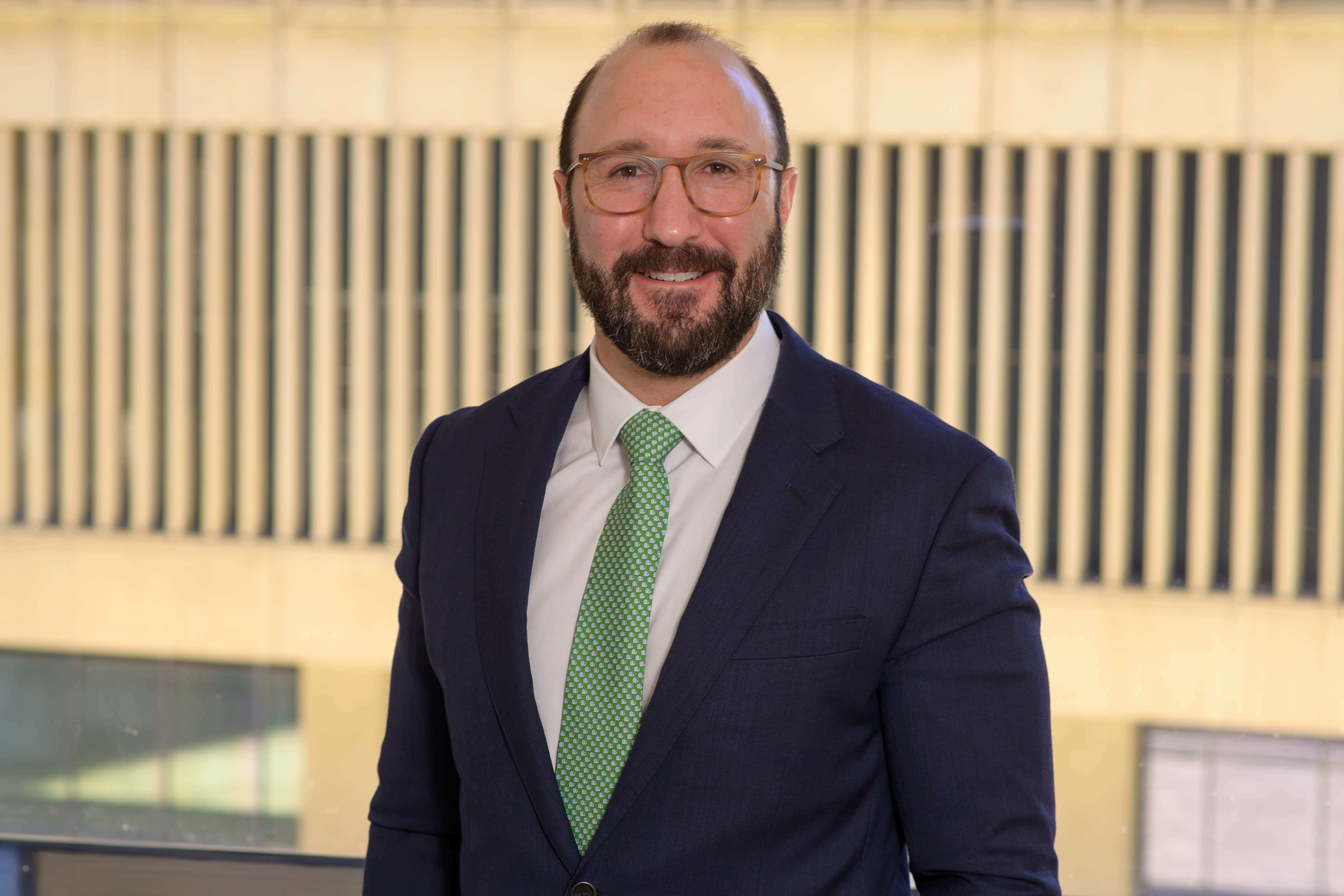North American Risk Apportionment Trends in the Construction Sector
-
Podcast 21 March 2024 21 March 2024
-
North America
-
Regulatory movement
-
Projects & Construction
In the fourth episode of our Global Projects & Construction podcast series, host Cynthia Aoki, Partner at Clyde & Co, focuses on current risk trends shaping the North American construction sector. She is joined by partners Mark Braidwood, Jamie Spotswood, and Dan Lever. Together they explore Challenges associated with the public-private partnership (PPP) model, Contractual provisions such as consequential damages waivers, and the role Artificial Intelligence has in contract creation.
The episode begins with a discussion of the public-private partnership delivery model (PPP or P3 model) and whether it remains fit for purpose given the increasing size and scope of construction projects. Guests explore alternative risk mitigation strategies along with artificial intelligence (AI) considerations in this area, before moving on to contractual provisions such as consequential damages waivers, the role of insurance, and how AI may be used to create and analyse contracts. Finally, the group looks at other creative approaches to risk mitigation and provides their top takeaways.
Commencing with an outline of the P3 delivery model, Braidwood explains that it was originally conceived to transfer risk from the public to the private sector, but over the years this has transformed into “more disadvantages than advantages” due to the “increasing scale and scope and complexity of the infrastructure projects.” In fact, many construction companies are now refusing to bid on P3 projects due to the financial risks.
Consequently, alternative models have emerged including the progressive design and alliance models, which Spotswood says are, “facilitating a greater degree of collaboration between the owner and the design builder in the earlier stages of the project…” Aoki raises the potential role of AI, which could be used to predict costs and decide budgets, stressing that companies must ensure they understand it and that “there's liability framework that's addressed in the contract when using AI.”
On the topic of contractual provisions, Spotswood focuses on consequential damages waivers – or indirect damages waivers - which he describes as, “designed to exclude heads of damages that might otherwise be recoverable at common law, for example, loss of profits.” He says that tribunals tend to uphold these waivers, but notes that uncertainty around contract wording can be an issue, and advises using “the precise language”, rather than generic terms. Lever mentions a similar trend in the US, pointing to a “trifecta” of “waiver of damages, limitation of liability and also liquidated damages.”
Braidwood tackles the link between liability and insurance coverage and all three guests agree that companies must ensure clarity over the extent to which liability is linked to insurance, the level of cover required, and consistency between the contract and the insurance wording. As Lever puts it: “…when you're negotiating these contracts, you better make sure that the contract requires sufficient insurance to cover potential damages and… make sure that insurance is actually procured.”
This sparks a discussion on the use of AI for contractual analysis and creation, how this will impact contract negotiations, the risks involved, and the need for continued human involvement. “I don't know how you can replace a human on some of these things, because for projects, there's so many variables…,” says Lever.
We also hear about other emerging risk mitigation strategies, including the use of an independent adjudicator to resolve disputes in real time, and innovations in procurement to provide increased flexibility.
To conclude, each expert provides their key takeaway, with Braidwood stressing the importance of aligning the delivery model with the contract and hammering out the terms. For Lever and Spotswood, the big takeaway is working together to avoid disputes, or as Lever puts it: “humans being creative about risk and collaborating.”
End



